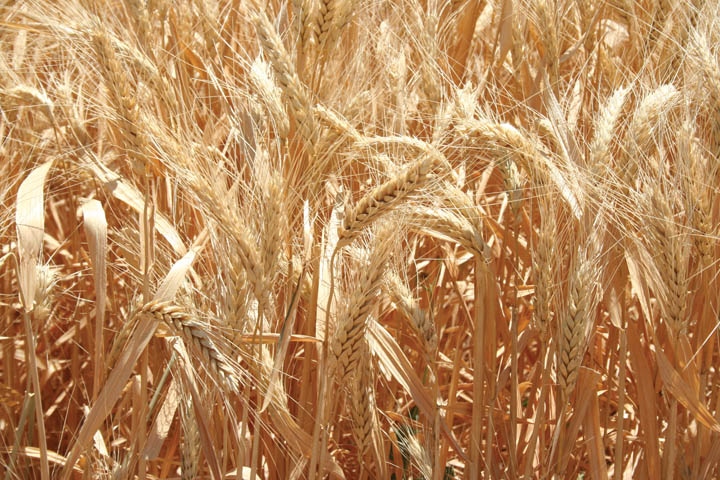
In an unusual, but much welcomed twist of fate, the cheapest treatment for leaf rust on wheat this spring is also one of the most effective.Tebuconazole, available under several brand names, is the least expensive treatment for both leaf rust and stripe rust in wheat, says Integrated Pest Management Specialist Jim Swart.
March 22, 2011

In an unusual, but much welcomed twist of fate, the cheapest treatment for leaf rust on wheat this spring is also one of the most effective.
Tebuconazole, available under several brand names, is the least expensive treatment for both leaf rust and stripe rust in wheat, says Texas AgriLife Extension Integrated Pest Management Specialist Jim Swart, who works the northeast corner of Texas from his Commerce office.
Late March to early April is time to start spray applications to control leaf rust, he says.
“Stripe rust is typically the first disease threat we have in northeast Texas, but the varieties we plant in this area are resistant to stripe rust, so we do not have a big problem with it. If a variety is susceptible to stripe rust, we don’t recommend it.”
He says farmers in the area plant mostly six wheat varieties, all with some degree of the disease.
These varieties also have some host plant resistance to leaf rust, which comes later in the spring. “Leaf rust likes warmer conditions and shows up when wheat begins to head,” Swart notes. He recommends that farmers begin tebuconazole applications when the flag leaf is fully emerged (Feekes 9) up to heading. That usually gives us 35 to 40 days of control, enough to mature out the grain.
This year, he recommends a preventive treatment. “Based on the value of wheat (up to $8 per bushel, applying the fungicide, even with a low level of leaf rust infection, is justified. I would spray everything. The material will cost about $4 per acre (some reports indicate an even lower cost); application cost adds another $4 per acre.
“The break-even yield increase would be one bushel of wheat (assuming $8 a bushel), and that’s easily achieved, even with low disease pressure. At 25 percent infection level at physiological maturity, we typically see a 1- to 2-pound increase in test weight with the fungicide application,” Swart says.
“At 50 percent infection, we see a moderate yield increase and another one pound improvement in test weight. With anything higher than 50 percent infection rate, we see a 3- to 4-fold return on the investment with a tebuconazole application.”
He says fungicide use may increase straw strength and standability. “Also, just a small level of disease infection can reduce test weight by 1 pound. Fungicide gives us better quality and better yield — it’s a no brainer with $8 wheat.”
With the current wheat price and the low cost of control, a wait-and-see approach may not be as beneficial as a preventive treatment, Swart says.
The product has been around for a long time, he notes. “We’ve been testing and using it since 1984, and it controls rust as well now as it did then. We’ve probably done more work with foliar fungicides in wheat than anyone in this part of the country.
“Tebuconazole is the cheapest and most effective product we have. It’s as good as anything available for leaf rust, and as good as or better than anything for stripe rust.”
You May Also Like



